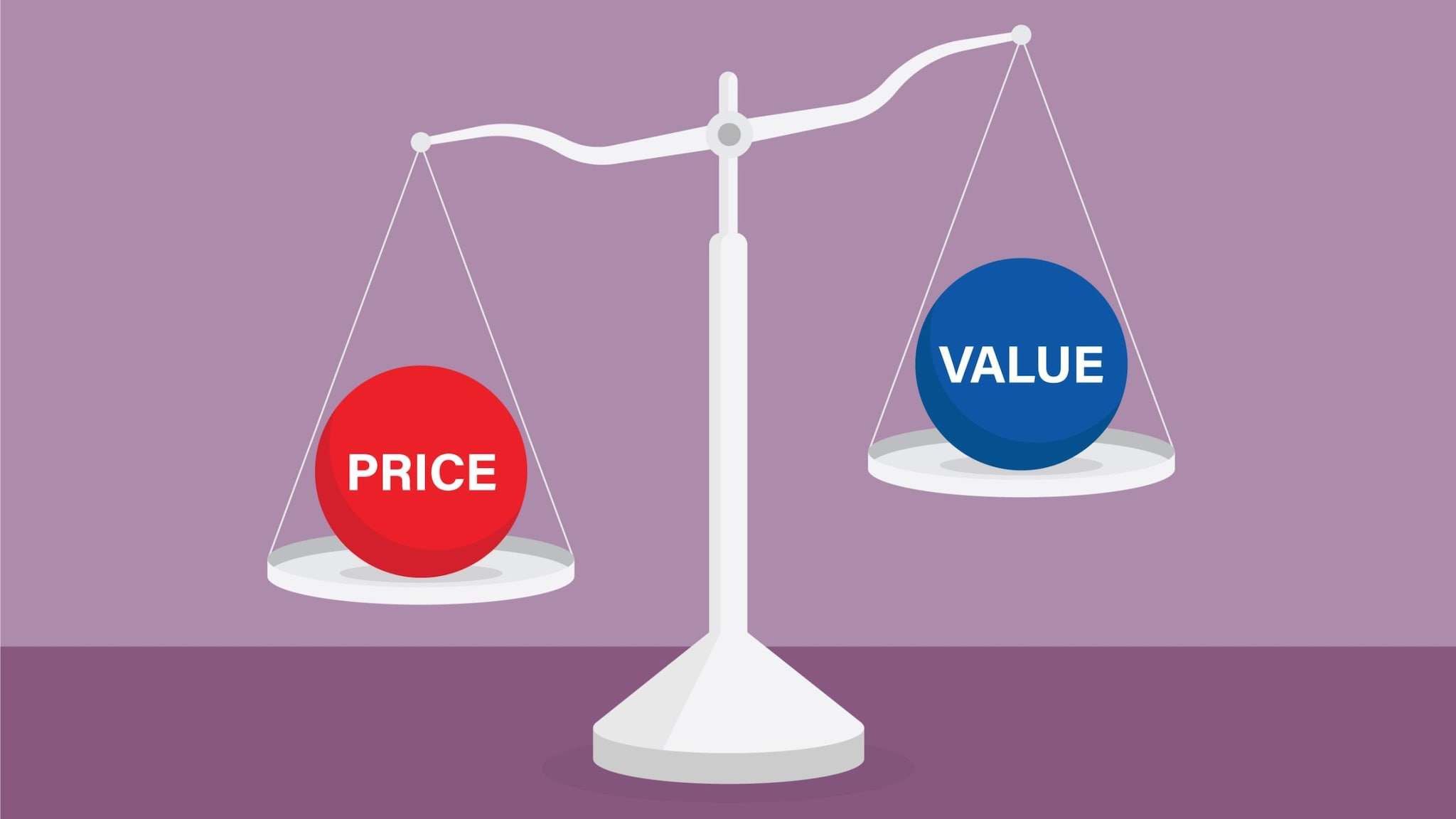At a glance
- Ventilation improvement options in the workplace come with varying cost considerations.
- Cost considerations include up-front purchasing costs as well as ongoing maintenance and energy expenses.
- Ventilation improvements with higher up-front costs will often pay for themselves within a short period of time due to lower energy costs compared to other improvement options.

Overview
The ventilation interventions considered below come with a range of initial costs and operating costs, which, along with risk assessment factors – such as community incidence rates and the adoption of other interventions – may affect the selection of ventilation mitigation strategies. The following are examples of cost estimates for different strategies:
- No up-front cost
- Requires ongoing daily interaction
- No ongoing maintenance requirements
- Incremental energy usage varies, depending on ambient outdoor conditions
- No up-front cost
- No need for ongoing daily interactions
- Periodic preventive maintenance required
- Incremental energy usage varies, depending on exhaust system capacity and ambient outdoor conditions
- No up-front cost
- No need for ongoing daily interactions
- Periodic preventive maintenance required
- Incremental energy usage varies, depending on HVAC system capacity and ambient outdoor conditions
- No up-front cost
- No need for ongoing daily interactions
- Periodic preventive maintenance required
- Incremental energy usage varies, depending upon fan energy consumption
- Less than $100 in up-front costs
- Requires ongoing daily interaction
- No ongoing maintenance requirements
- Incremental energy usage varies, depending on HVAC system capacity and ambient outdoor conditions
- Less than $100 in up-front costs
- No need for ongoing daily interactions
- No ongoing maintenance requirements
- No incremental energy usage
- $500 (approximately) up-front costs
- Requires ongoing daily interaction
- Must inspect/replace HEPA filter per manufacturer instructions
- Low incremental energy usage
- Roughly $3.30 per sq-ft of treated area upfront cost.
- No need for ongoing daily interactions (unless manually activated)
- Must clean/inspect/replace GUV lamps per manufacturer instructions
- Low incremental energy usage
- Varied up-front costs, more cost-effective (<$0.25/cfm) with larger systems
- No need for ongoing daily interactions
- Must clean/inspect/replace GUV lamps per manufacturer instructions
- Low incremental energy usage
